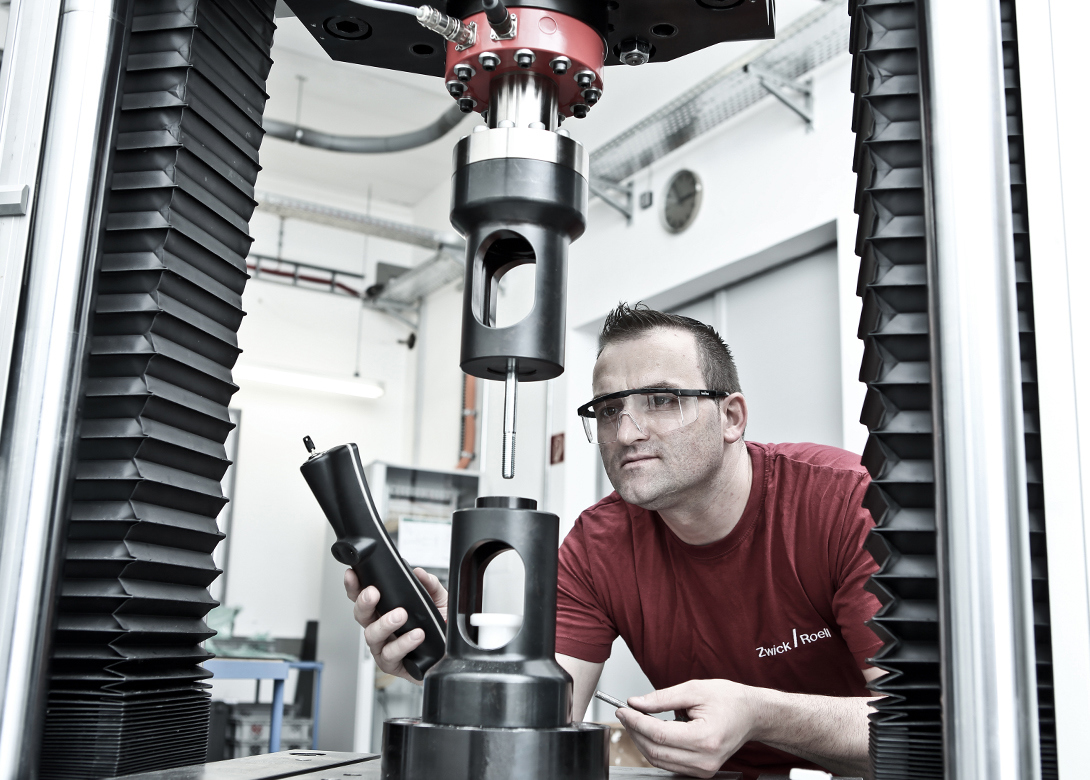
By Alan Thomas, marketing at ZwickRoell Ltd
For fatigue tests on threaded fasteners a distinction is made between production tests and testing for research and development purposes. With production testing the focus is on quality control and threaded fasteners are tested with regard to fatigue life.
Depending on the design or material of the fastener, specimens can be subjected to half a million load cycles during the tests. The general requirements for the test are specified with reference to the mechanical properties of the material. The mean load used to test the fasteners is defined by DIN 969 as 70% of the yield point (Rp 0.2) with reference to stress area As. Production fatigue tests are generally used for pre-delivery product quality assurance.
Fatigue limit tests (from approximately 5 million load cycles) are also performed for research and development relating to new threaded fasteners, with the aim of producing Haigh or Smith diagrams. Mechanical properties are initially determined via static tests. The dynamic properties of the fasteners are specified by the designers and verified using appropriate fatigue tests.
For example, fatigue limit is determined using a staircase, arcsin or threshold value method. In the staircase method, the specimen is subjected to dynamic loading at a constant stress amplitude. If the specimen fails before the pre-determined number of cycles is reached, a reduced stress amplitude is used for the next test. If the specimen does not fail (these specimens are referred to as ‘run-outs’) the stress amplitude is increased for the next test.
The results for each individual specimen (stress amplitudes and number of load cycles completed) are entered into the relevant diagram. They are distributed around the mean value of the fatigue limit for the target number of cycles. The specimen data are distributed around the mean value, which represents a fracture probability of 50%. Between 15 and 20 specimens must be tested in these experiments in order to determine the fatigue limit with a tolerance of 5%.
Dynamically loaded threaded fasteners can be found in a variety of components, for example in internal combustion engines and aircraft engines. The aviation and automotive industries (motor racing in particular) are constantly striving to achieve an optimum combination of low weight and high long-term load capacity. Dynamic testing is therefore essential in order to establish fastener performance.

Biog
Having spent a decade in the fastener industry experiencing every facet – from steel mills, fastener manufacturers, wholesalers, distributors, as well as machinery builders and plating + coating companies, Claire has developed an in-depth knowledge of all things fasteners.
Alongside visiting numerous companies, exhibitions and conferences around the world, Claire has also interviewed high profile figures – focusing on key topics impacting the sector and making sure readers stay up to date with the latest developments within the industry.








